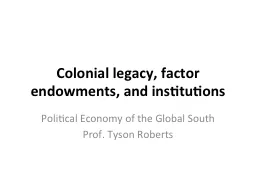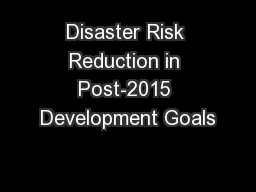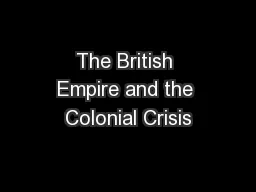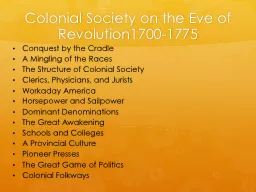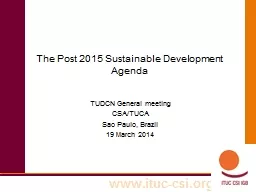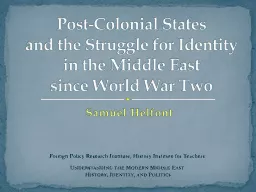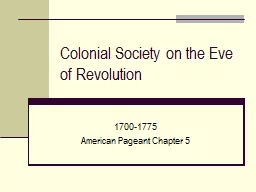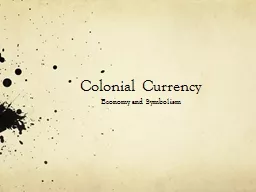PPT-Colonial and Post-Colonial Development
Author : luanne-stotts | Published Date : 2018-01-15
Empire amp Aftermath February 2017 Introduction Economic development a term used frequently in 20th century by economists policymakers intellectuals Concept
Presentation Embed Code
Download Presentation
Download Presentation The PPT/PDF document "Colonial and Post-Colonial Development" is the property of its rightful owner. Permission is granted to download and print the materials on this website for personal, non-commercial use only, and to display it on your personal computer provided you do not modify the materials and that you retain all copyright notices contained in the materials. By downloading content from our website, you accept the terms of this agreement.
Colonial and Post-Colonial Development: Transcript
Download Rules Of Document
"Colonial and Post-Colonial Development"The content belongs to its owner. You may download and print it for personal use, without modification, and keep all copyright notices. By downloading, you agree to these terms.
Related Documents



